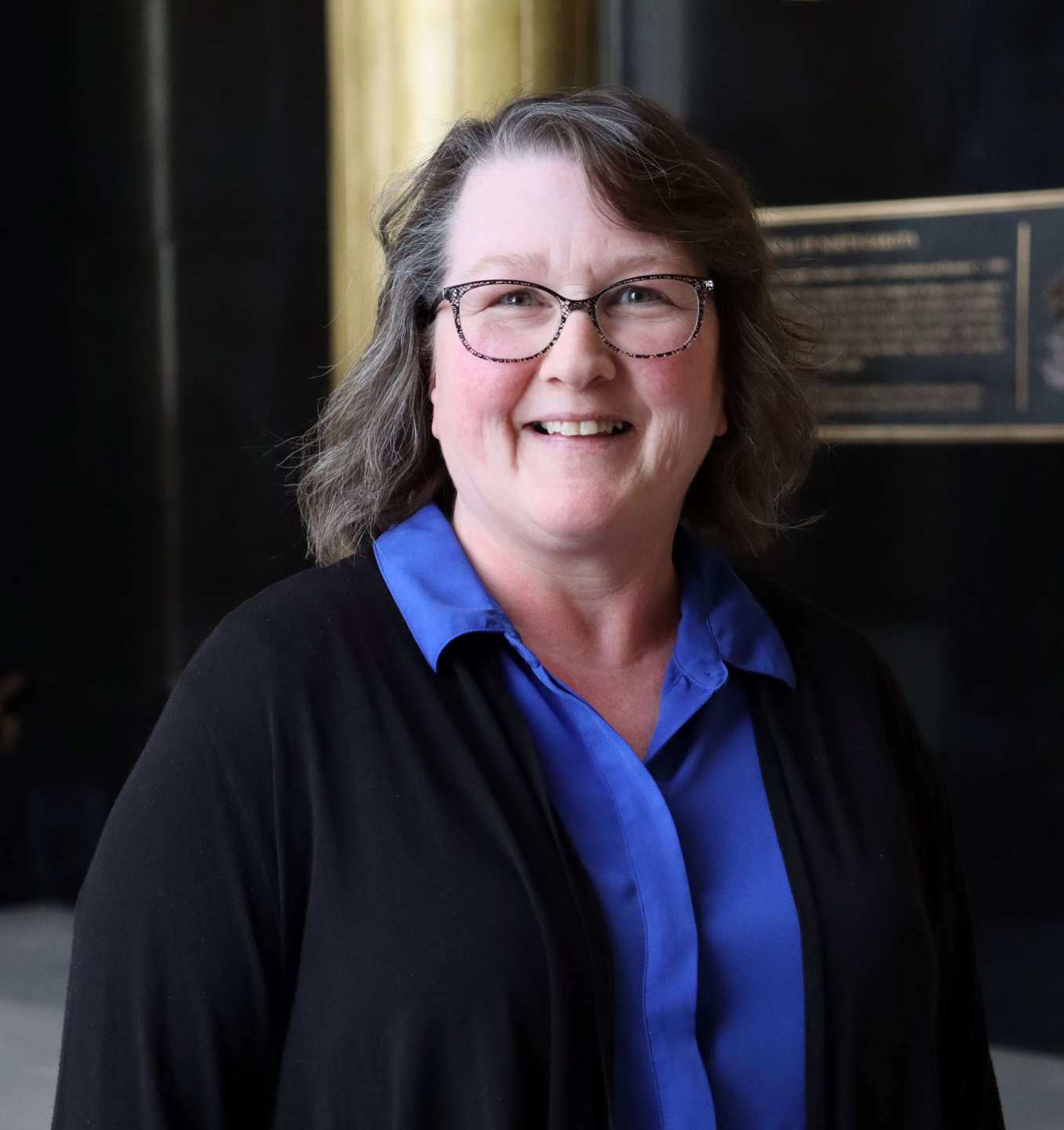By Marcy Ost

The US Fire Administration's communication focus for March is smoke alarms. They have several suggested social media messages, handouts, pictographs, graphics, and stock photos here.
March is also Developmental Disabilities Awareness Month.
The Centers for Disease Control (CDC) defines developmental disabilities as “a group of conditions due to an impairment in physical, learning, language, or behavior areas.” Examples of these conditions are Cerebral palsy, autism spectrum disorder and intellectual disabilities. According to the ND Department of Public Instruction, 15 percent of students have an Individual Education Plan (IEP), on par with the national average.
There isn’t a ton of resources targeting this specific population, but Safe Kids has a great video here, and the Children’s Hospital of Philadelphia put together a short but comprehensive checklist:
- Identify a potential rescuer in the event of a fire and regularly practice an escape plan. Traditional recommendations are to practice twice a year, but families of children with special needs may need to practice more regularly until everyone is comfortable with the plan.
- Consider a smoke alarm that includes vibration (e.g., bed shaking) or flashing/strobe lights, particularly if a child has a hearing or vision impairment.
- The sound of a traditional smoke alarm may be extremely distressing to a child with sensory sensitivities; a parent-voice alarm may provoke less anxiety and be more effective at waking a child.
- Use visual aids (e.g., picture story, picture signs) to help teach the child what to do in the event of a fire and to clearly mark the exits.
- Visit a fire station in advance to familiarize the child with the appearance of a firefighter in full gear.
- Notify the local fire department that a child with special needs lives in the house.
Something to keep in mind – guardians of special needs kiddos have probably never had anyone talk to them about fire safety and how it relates to their family. They probably don’t know there are alternative smoke alarms, and they may not be using/testing traditional smoke alarms effectively because of their kids’ sensitivities.
The US Fire Administration's communication focus for the month of April is cooking fire safety. Those numbers never seem to go down, but there is some new technology out there to discuss.
Quarterly Lunch & Learn
The subject of the March Lunch & Learn is open burning. Elizabeth Trythall with the Department of Environmental Quality will be our guest. We’ll be discussing the codes and processes involved with open burning. You should have gotten a calendar invite from infofm@nd.gov, but if you have not, please reach out and I’ll get that to you.

